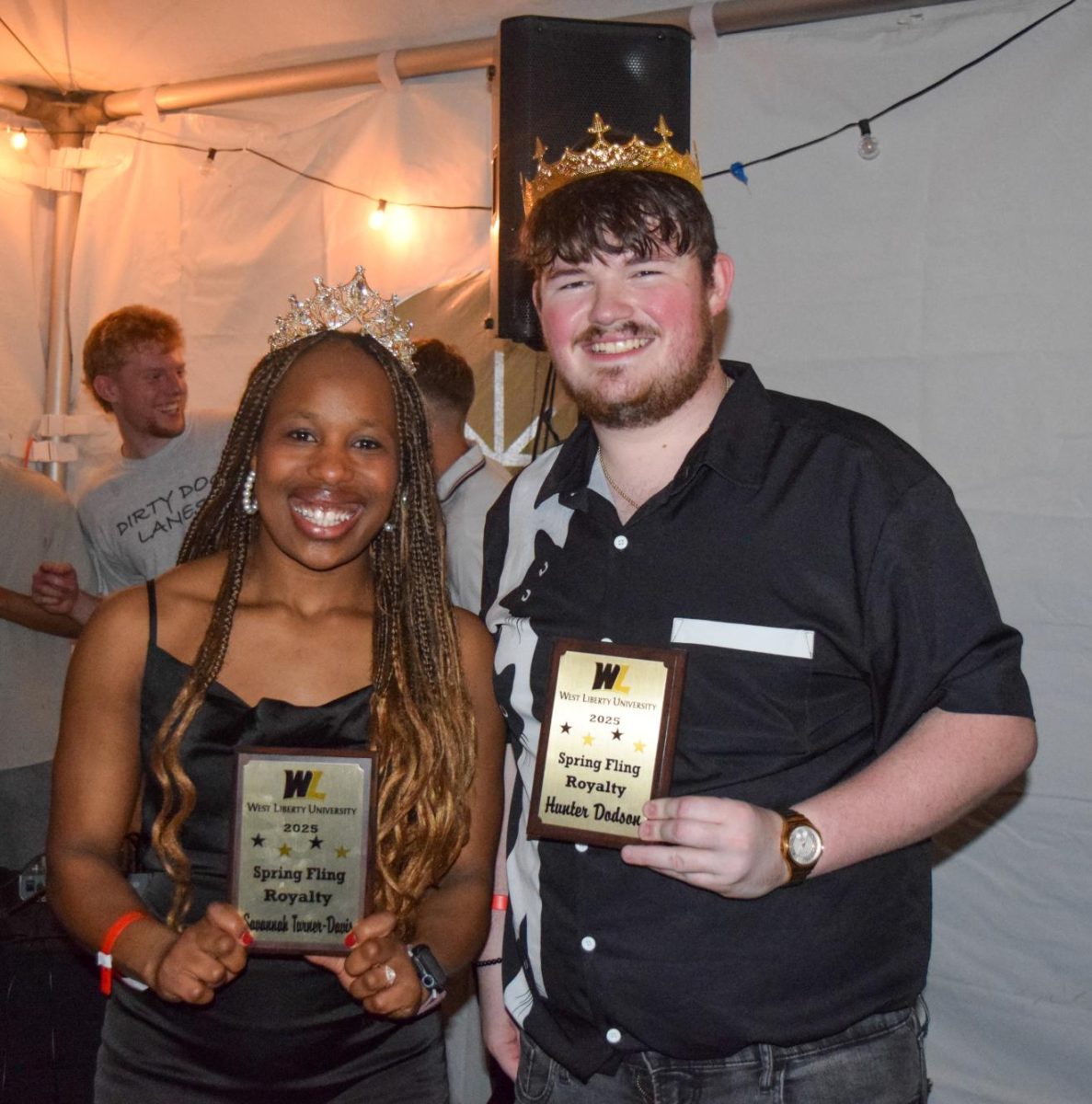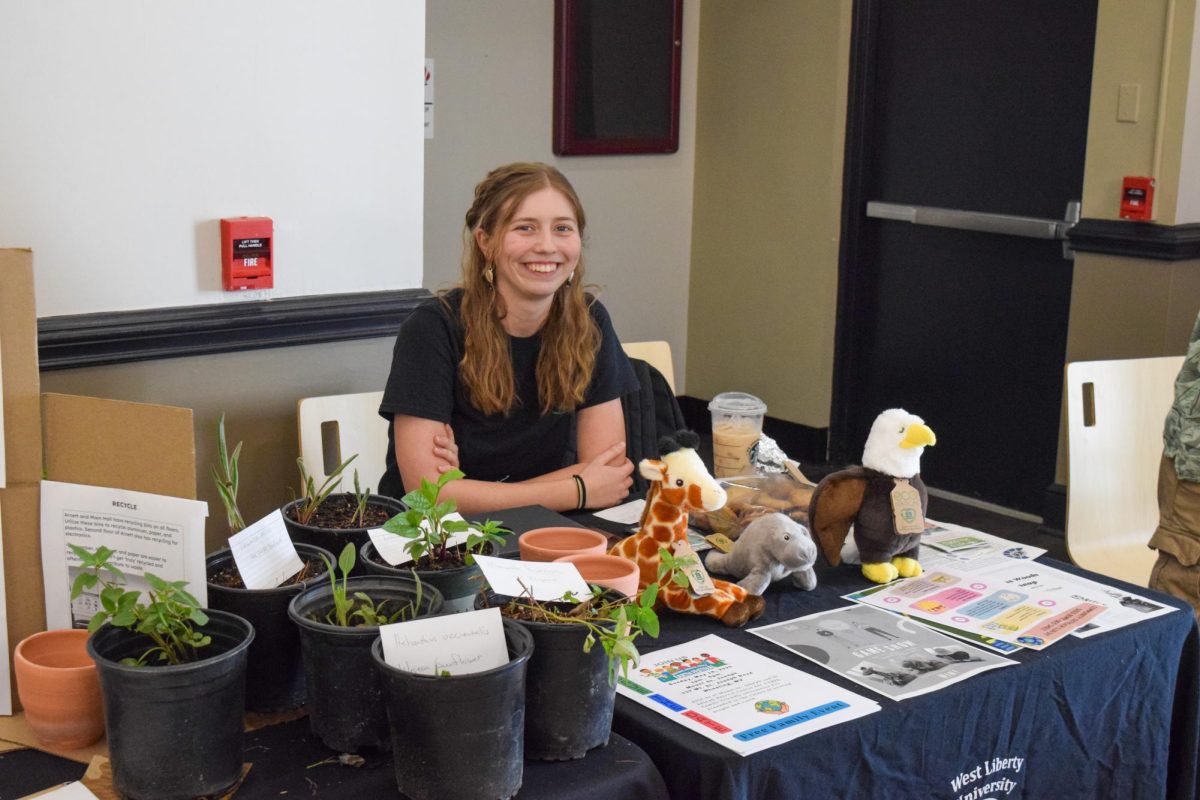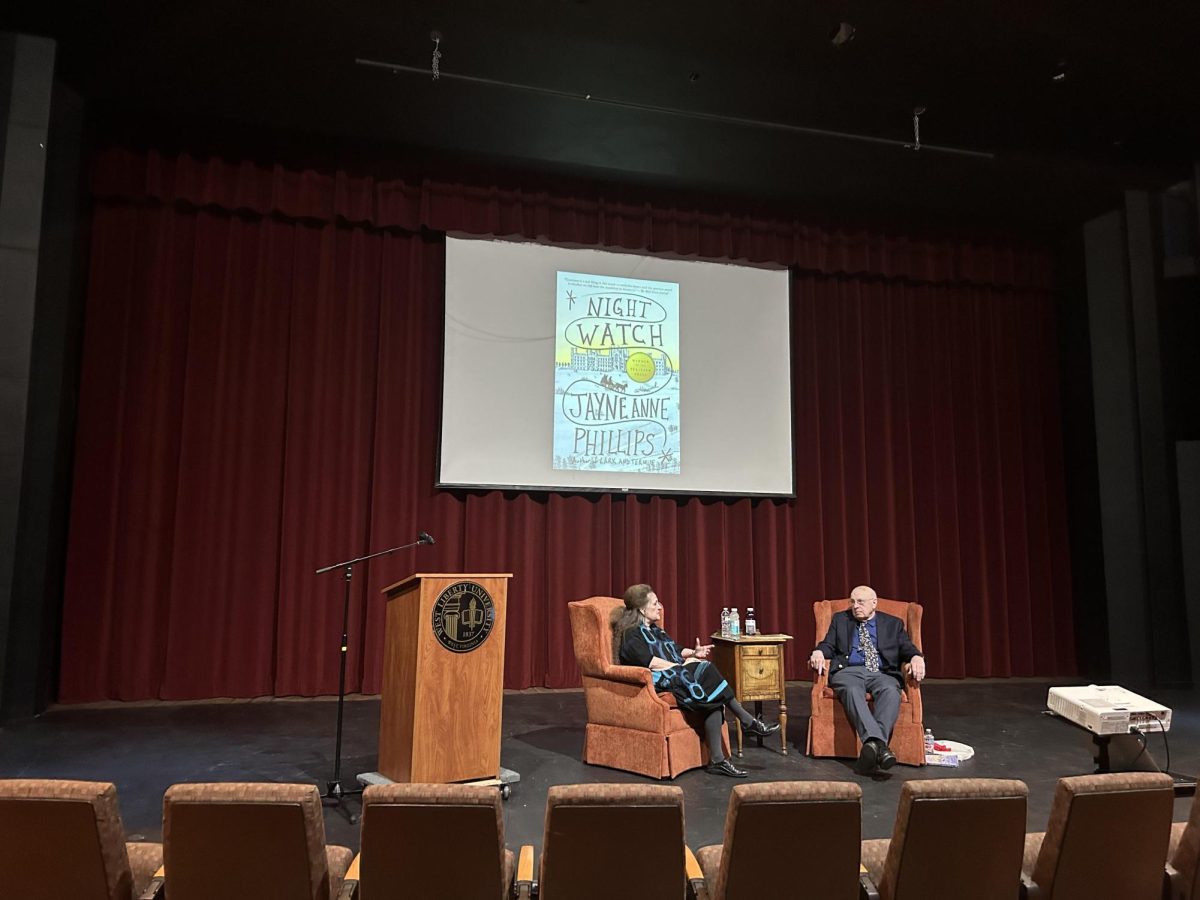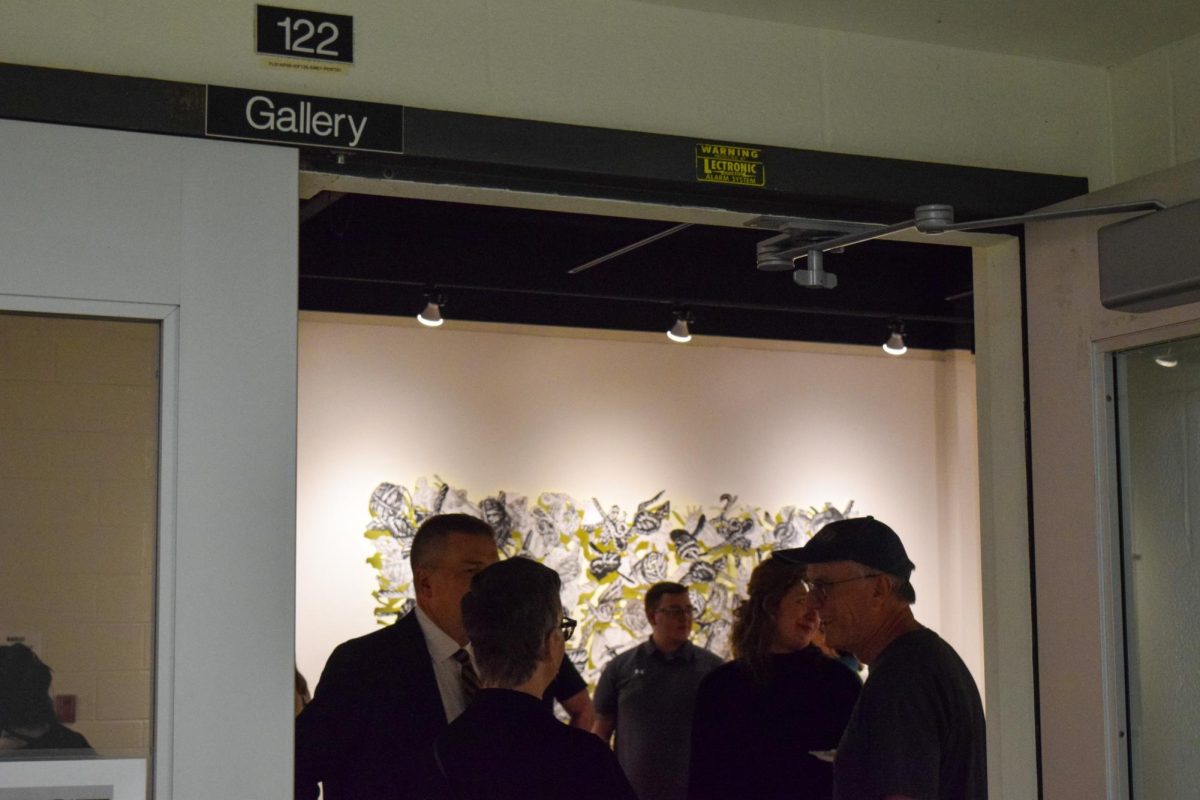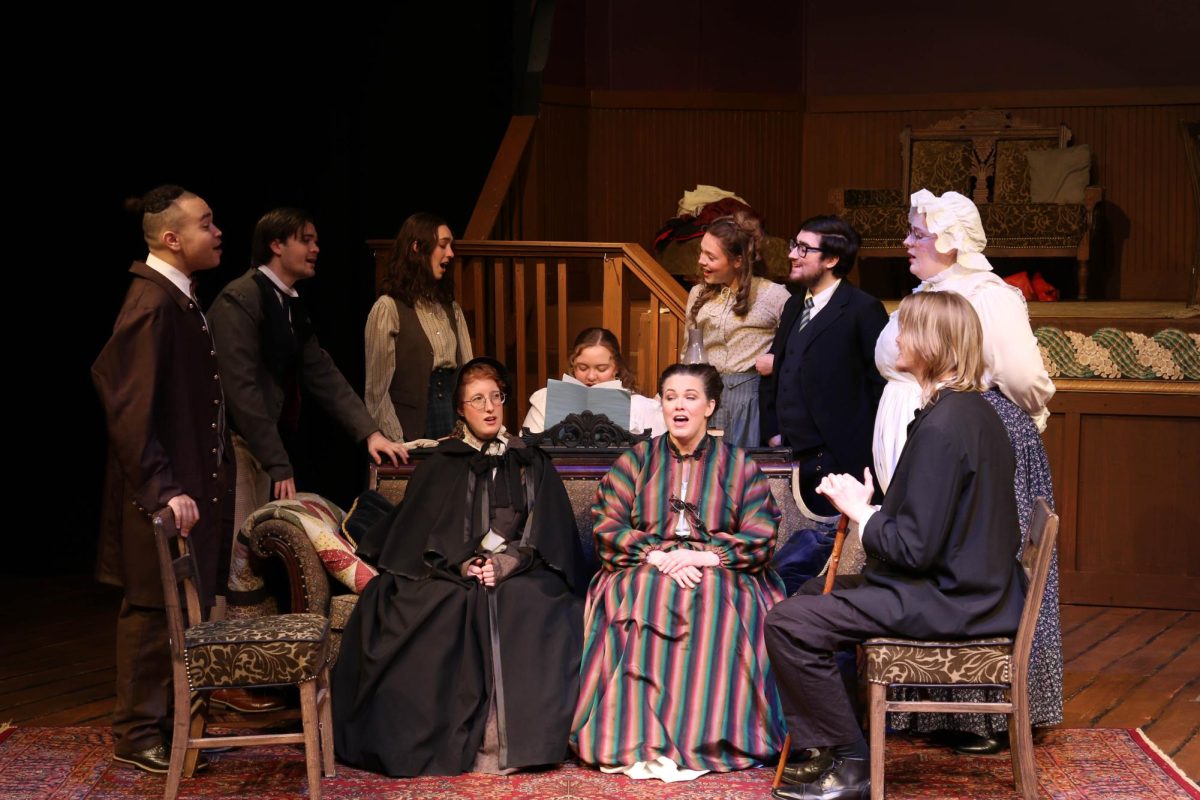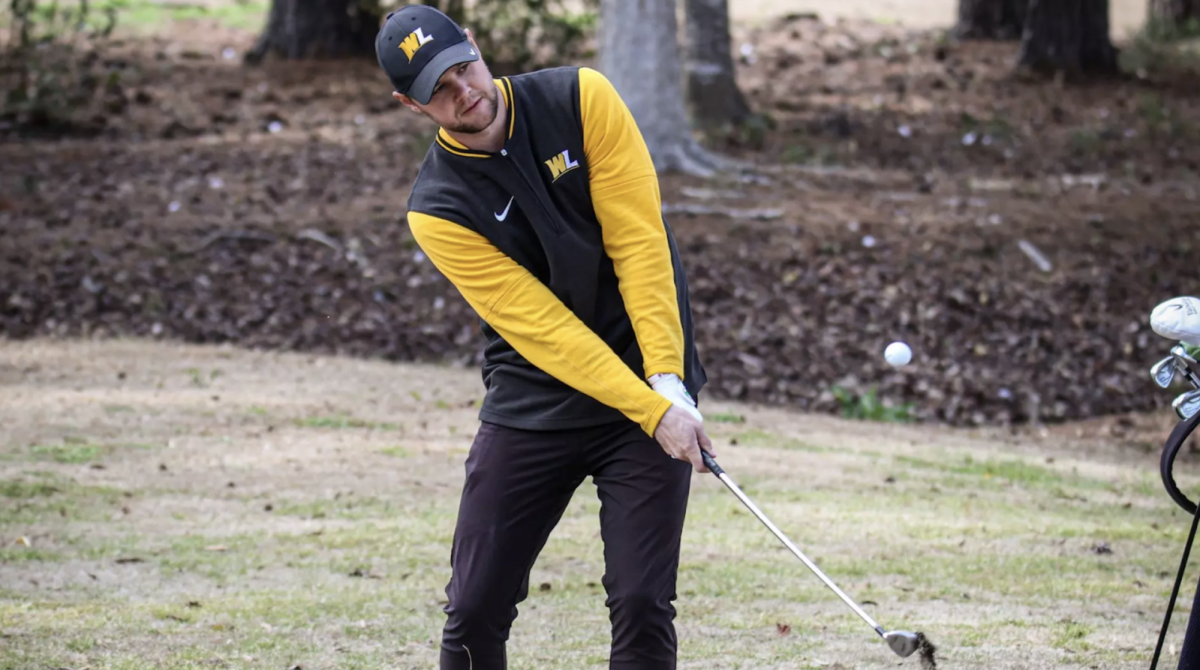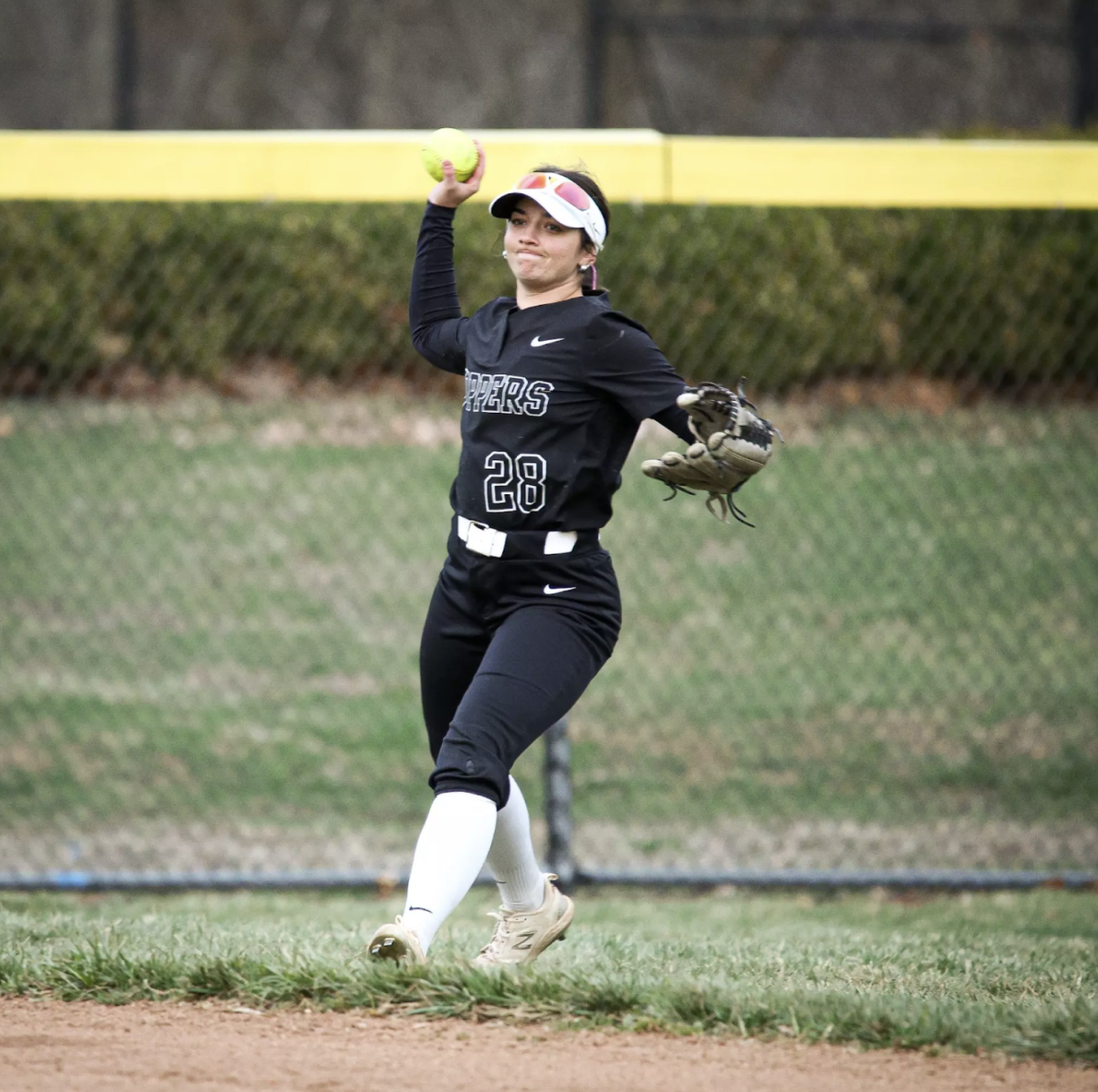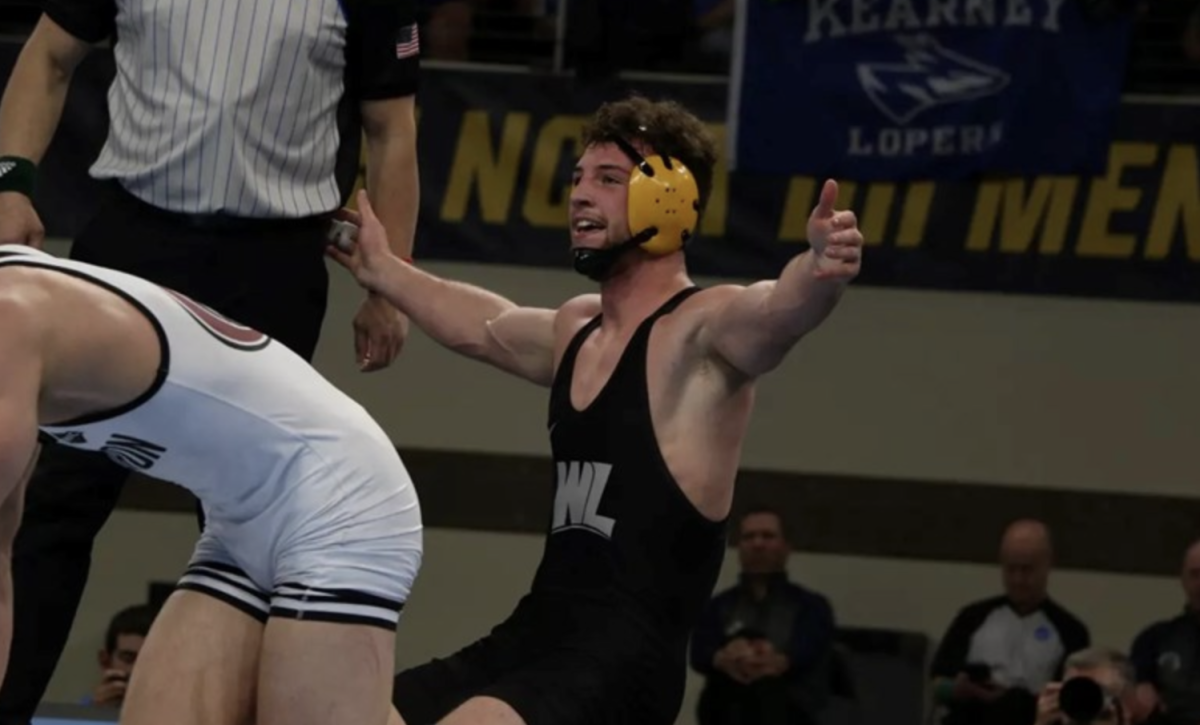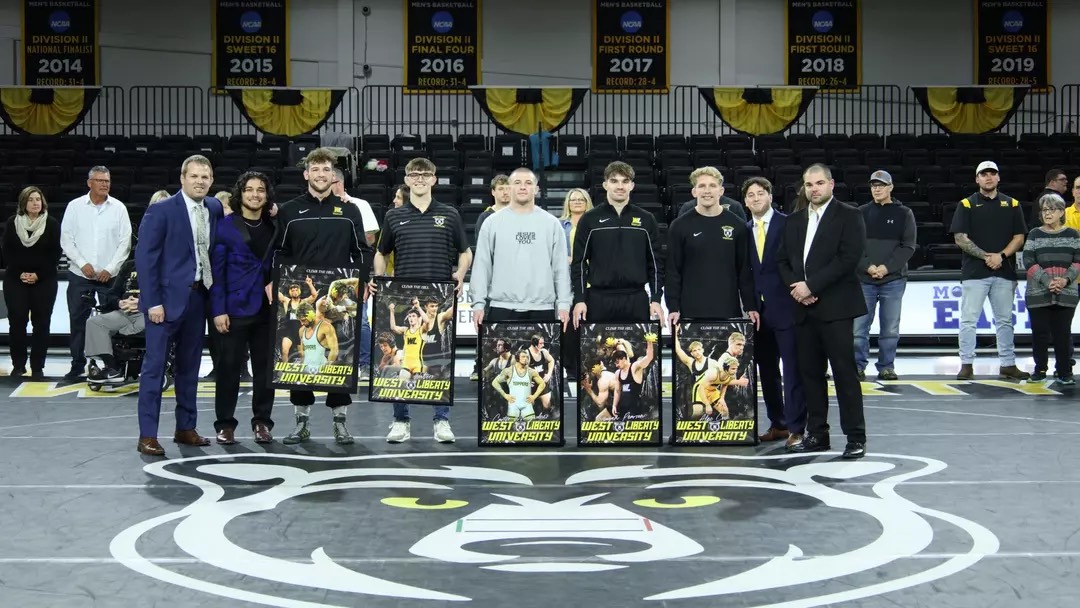WEST LIBERTY, WV – In college athletics, injuries are often an unavoidable part of the journey. For many student-athletes, an injury can feel like the end of their career, but for those who persevere, it becomes a chapter in their story of resilience.
James Armstrong Jr. is one athlete who refused to let a knee injury define him. His journey from a torn meniscus to stepping back on the wrestling mat with confidence is a testament to determination, rehabilitation, and the power of a strong support system.
During his senior year of high school, Armstrong suffered a meniscus tear that required extensive surgery and a long road to recovery—a year off from competition followed. However, Armstrong saw it as an opportunity to rebuild.
“There were moments where I questioned if I’d ever wrestle at the same level again,” Armstrong said. “Taking a year off felt like a setback, but it also gave me the chance to heal properly and focus on getting stronger physically and mentally.”
When Armstrong arrived at college, he was still rehabilitating his knee, carefully working to regain strength while easing back into training. Though he was physically improving, the mental hurdle of returning to competition was just as daunting.

“Rehab was tough, but the real challenge was believing in my body again,” he said. “I had to retrain my mind to trust my knee, to take shots without hesitation, and to wrestle without fear of re-injury.”
One of the biggest factors in Armstrong’s successful return was the unwavering support of his teammates and coaches. The wrestling team at his university played a crucial role in helping him regain his confidence.
“My girl, who is also part of the wrestling team, never let me doubt myself,” Armstrong said. “Then my teammates pushed me in practice, reminded me of my strengths, and celebrated every small victory. When I struggled to take shots with full confidence, they encouraged me until I started to trust myself again.”
Armstrong continued and said “one main memory I have that made me realize I was holding myself back was when I was at a tournaments and Coach Irwin was in my corner saying something I couldn’t understand then he held up his hands in the form of little guns and said ‘shot, pew, pew, pew.’ at the time being able to laugh at where I was lacking was nice to do and help me realize whatever the outcome I can get back to my old self.”
After months of grueling training and support from his team, Armstrong finally felt ready to step back into full competition. His first match back was a defining moment, not just in his athletic career but in his personal growth.
“The moment I stepped onto the mat, all the doubts faded away,” Armstrong said. “I wasn’t the same wrestler I was before my injury—I was better. Stronger, smarter, and more grateful for every moment on that mat, and winning my first dual match as a freshman was a surreal feeling.
Armstrong’s story is one of many among student-athletes who face major injuries and make remarkable comebacks. His journey highlights the importance of patience, perseverance, and the power of a supportive environment.
“If there’s one thing I’ve learned, it’s that injuries don’t define you. Your response to them does,” Armstrong said. “It’s not just about getting back to where you were but about becoming even better.”
For any student-athlete facing a similar challenge, Armstrong’s advice is simple: trust the process, lean on your support system, and never stop believing in your ability to come back stronger.


